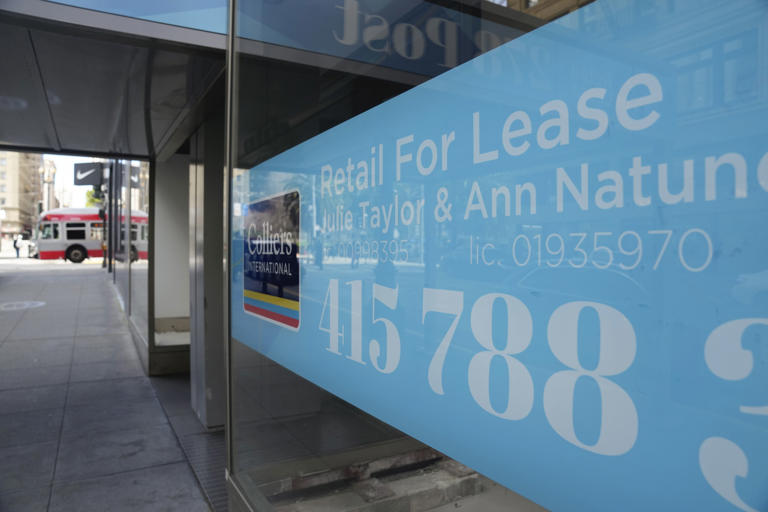Cost pressures continue to weigh heavily on small businesses, with rent inflation emerging as a significant pain point, according to recent findings from the Bank of America Institute. Data reveals that the average monthly share of rent in total payments surged to 9.1% through May, a notable increase from the pre-pandemic average of 5.9% in 2019.
Regional disparities exacerbate these challenges, with certain areas experiencing much higher rent burdens than the national average. For instance, in cities like Las Vegas, the average share of rent payments in May was more than double the national average, reflecting localized economic pressures.
Despite these rent challenges, small businesses have found some relief in easing wage inflation, which has alleviated some financial strain. The Bank of America Institute notes that total nonfarm payroll growth remains strongest in the Southern United States, with cities such as Charlotte and Tampa seeing payroll payments rise by over 30% compared to 2019 levels.
To quantify the impact of rent inflation, Bank of America analyzed internal data, specifically from small businesses that automate rent payments through their Bank of America accounts. The data reveals a significant 12% year-over-year increase in average monthly rent payments per small business client as of May. This aligns closely with the nonresidential real estate rents component of the Producer Price Index, indicating that the rent hikes primarily stem from broader inflationary pressures rather than businesses opting for larger or upgraded spaces.
Despite these challenges, there are positive indicators from the Bank of America Institute’s data. The inflow-to-outflow ratio, viewed as a proxy for small business profitability, rose in May to its highest level since March 2023. This metric suggests an improvement in profitability dynamics, although it remains below average levels seen in recent years, indicating ongoing financial challenges despite recent positive trends.
Overall, while small businesses navigate through persistent cost pressures, including rent inflation, regional disparities, and ongoing wage dynamics, the trajectory of recovery remains uneven across different sectors and geographic areas. Adapting to these economic realities requires nimble financial management and strategic planning to sustain growth and profitability in a challenging economic environment.
